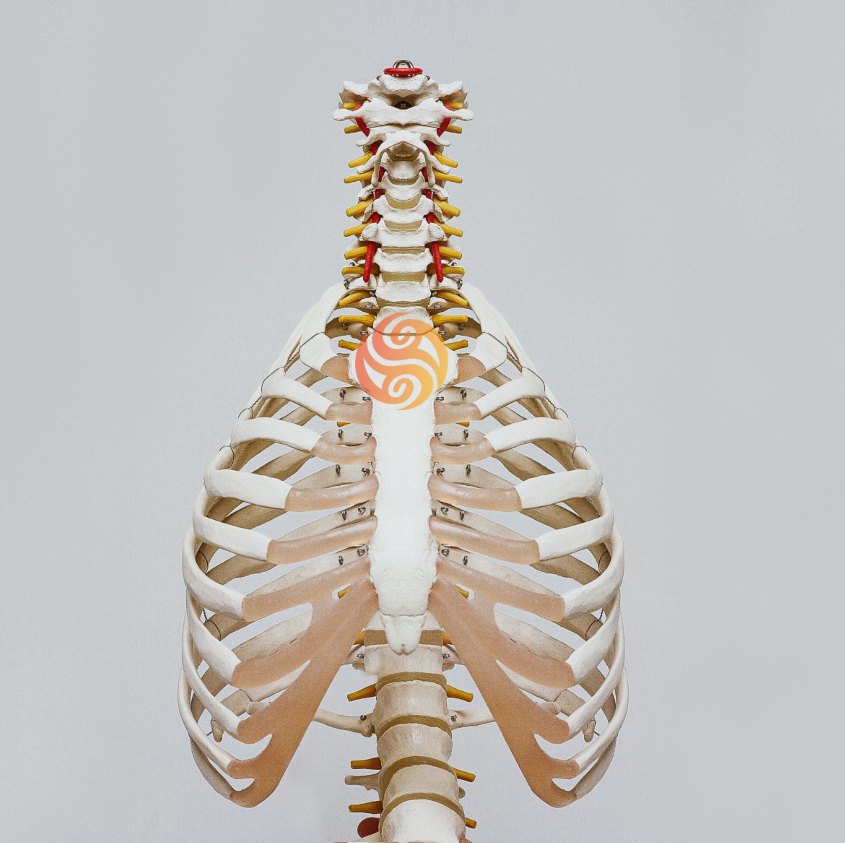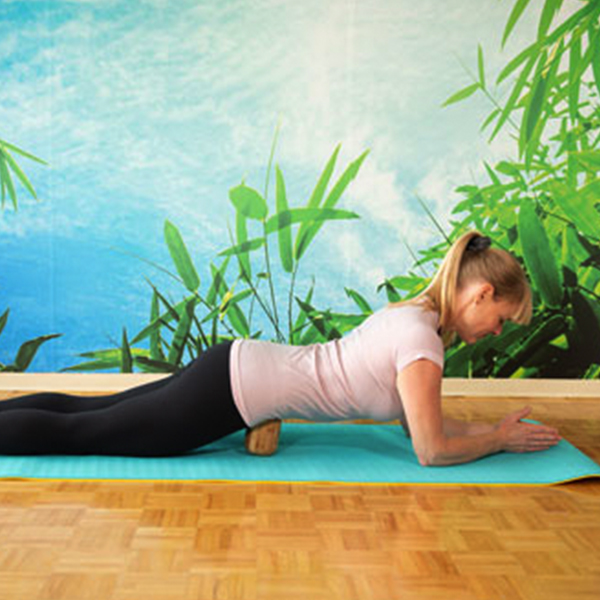Block Therapy and Endurance

Long before I knew anything about fascia, I used to run to try to keep fit. At the time, I had recently undergone a breast reduction which of course, left me with scars on my chest. Although the lighter load on my back helped in the short term with my running, I found that the scars from the surgery began to adhere to my ribcage, causing compression and tension to my lungs.
As weight loss was at the forefront of my goals, I persisted even though it was extremely challenging to take deep breaths. At one point, I became addicted to using an inhaler before I ran as it would give that temporary opening of the airway, so I felt I was making huge strides with my endurance. This worked in the short term as well, but it didn’t take long before I felt the detrimental effects. In the beginning, where one puff would have given me the freedom for the entire run, it was becoming an increased obsession/addiction to the point where I was carrying it with me and needing to take puffs along the way.
I knew I couldn’t persist with this as it was obviously doing the opposite to what I wanted -- that ease of breathing was becoming more laboured all the time, to the point where I stopped running. Fortunately for me, it wasn’t long after this that I encountered that first anxiety attack that led me to discovering the Block Therapy system over 20 years ago, with the first decade being focused on the manual technique Fluid Isometrics.
Fluid Isometrics replaced most exercise. The combination of the deep breathing and the contorting of my body to get my hands to dive deep into the fascia created an exercise in and of itself. I would spend upwards of hours/day working in my body as I discovered the deeper freedoms that resulted from unwinding the entangled fascia. What was most noteworthy for me in the beginning was how I was able to release the scars from that surgery from my ribs.
It wasn’t long before I could feel my ribs expand more fully with every breath, and the ease at which I could take the air into and out of my lungs. This brought to me an excitement I hadn’t felt in a while. As I continued with the practice, more freedoms presented and continued to reinforce what the work was doing.
I needed to test this by doing activity I had done in past that would have caused my breathing to be laboured. To my delight, I found I could do intense exercise without the need to grab the inhaler. The amount of freedom that came with knowing I had eliminated a crutch made me only want to test the boundaries even further, as well as to teach this to others.
In the beginning, I attempted to teach people how to use their hands like I did but there were some limiting factors to consider. Once I understood how to integrate the tool, the Block Buddy and to mimic what my hands were doing, it became a simple process to teach others this profound way of releasing adhesions in and around the ribcage and diaphragm, thereby improving your ability to take deep, diaphragmatic breaths.
Today, I see posts in our group on a regular basis from people who have started the Block Therapy program and who express an almost immediate shift in their ability to take deep breaths. Even those who thought they were already strong breathers feel the release once those adhesions that bind the ribcage are melted.
What’s also important to note is that by freeing the ribs, the breath can be brought deeper into the lungs where the real magic happens. It is at the base of the lungs where the majority of oxygen absorption occurs, as well as where the majority of the waste that gets trapped in the lungs is removed. This keeps the system strong, healthy and free of obstructions that would block easy passage of nutrients and waste.
Having a strong diaphragm and aligned ribcage also supports the heart muscle. The heart is the muscle sending blood and oxygen to each and every cell in the body, and it is the aorta, the artery directly leaving the heart that acts as the tunnel for this transport. With incorrect alignment, the aorta becomes squished, causing the heart to have to work harder than necessary to send the blood through, so with Block Therapy and one of its major goals of aligning the ribcage, there is an ease of flow so oxygen can more effectively reach the cells.
This all adds up to improved endurance with any activity. It really comes through the ease of flow that the body can function at its best. If you are to take running as an example, you may have the breath to stay involved in an activity for prolonged periods, but maybe your muscles fatigue before your breath runs out.
Due to the full body approach to the fascia, flow is promoted to all cells in the body so to ensure each cell has the energy to do its job. Another benefit to this is that any stiffness to come the following days from activity is minimized as the lactic acid buildup is processed more effectively by keeping the fascia heated and spacious.
There is nothing more liberating than having a body that can do anything and everything you ask of it. No matter what condition you are starting from, when you strengthen the breath, improve the flow to and from your cells and strengthen proper foundations, you make gains. Being able to keep up in life brings joy and connection to you and your family and friends.
Start now so tomorrow you can breathe easier and get into the flow.
To see what others have to say about Block Therapy, join our private FB group -- Block Therapy Community to be part of the conversation.
https://www.facebook.com/groups/1888044614779525
Breathe & Believe








Responses